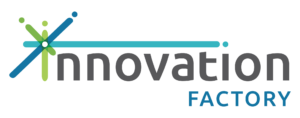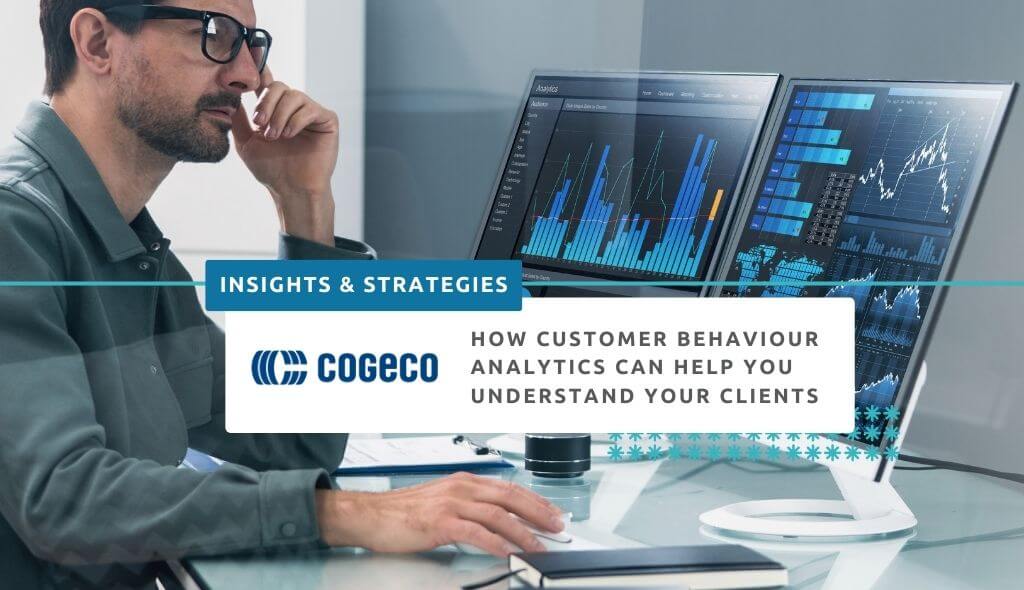How to understand and address current customer needs.
Since early 2020, everyone’s reality has changed. While many small business owners are still trying to find ways to react to this evolving situation, it’s important to consider how these changes are affecting your customers with customer behaviour analytics. Understanding how your customers have changed, and continue to change, due to the current situation is key for how your business can respond to their new needs. For more detailed information about current customer behaviour and actionable solutions that directly respond to these changes, be sure to check out our ebook.
So, how can small businesses better understand their changing customers and the factors that influence their buying behaviour to meet their current needs? The answer lies in collecting customer data. Small businesses can keep up with changes in customer behaviour and better understand their customers by collecting and analyzing their data. But how does this benefit your business?
Business benefits of customer behaviour analytics.
Here are a few ways different parts of your business can benefit by analyzing customer behaviour:
- Personalize marketing: Make marketing more effective by using data to identify the different kinds of customers who engage with your business. Get better return on investment when you target specific segments of customers with the right content at the right time.1
- Streamline operations: Leverage new data insights for your business operations. Expand your operations by finding new opportunities and by better understanding your customers’ current interests.1
- Optimize sales: Use data to find out which of your products or services are popular among your customer-base. With that information, you can upsell similar products or services that you offer.1
More customers are willing to share data when brands are transparent.
According to Accenture, 73% of customers surveyed in 2019 indicated that they are willing to share data when companies are transparent about how that data will be used, compared to 66% in 2018.2
3 data collection methods for small businesses.
Now that you know how analyzing data can benefit your business, the next step is to start collecting data. Where to start? Here are three data collection methods that help you get more information about your changing customers:
1. Web analytics.
Gathering customer data online helps you learn what decisions your customers are making when they browse your web pages. Use tools like Google Analytics to gather demographic data about any website visitors, and heatmap tools can tell you what your customers are clicking on.3 With that data, you can optimize your web pages to best fit customer behaviour online.
2. Transactions.
Transactional data doesn’t just help you calculate your revenue, it also tells a story about what drove your customer to make their purchase. This data shows you how much they paid for their purchase, what they purchased, when they made their purchase, any promotions that were applied and how their purchase was made (cash or credit, online or offline, etc.).3 Analyzing any patterns you find with transactional purchases can show you why customers are buying your products or services, allowing you to better understand what drives customers to make purchases and how your business can better meet their demands.
3. In-store traffic.
If gathering data online isn’t an option for your business, you can always analyze data from your in-store traffic (depending on current safety regulations). While closed-circuit television (CCTV) cameras are often used for security purposes, you can monitor recorded footage to see which parts of your stores are most visited by customers, and also identify areas that customers miss. If cameras aren’t available, having your employees monitor different areas of your store can also give you results, even if they might be less accurate. Finding out why customers are going to certain areas and what drives them there will help you understand what they are looking for.
Gather in-store data while customers use your business’ Wi-Fi.
Do you want to gather in-store data online while customers are visiting your store or workplace? A great way to do this is with business Wi-Fi that has built-in data analytics. How does it work? When your customers visit, get them online with free Wi-Fi so they can stay entertained while they wait or shop. You’ll be able to monitor the number of users online, track returning users and check usage times. Leverage that data to better understand customers, the factors that influence their buying behaviour and improve your business operations. For example, you can use it to build out your staff schedule to minimize crowds, or find out what makes returning users come back. For more details about our own Wi-Fi service, visit our web page.
By using one or more of these methods to gather data, you’ll be able to get a better understanding of the ways your customers behave and stay on top of that behaviour as it changes. Once you’ve gathered and analyzed that data, you can then begin to apply it to your business, and utilize customer behaviour analytics to meet your clients’ evolving needs.
Sources:





